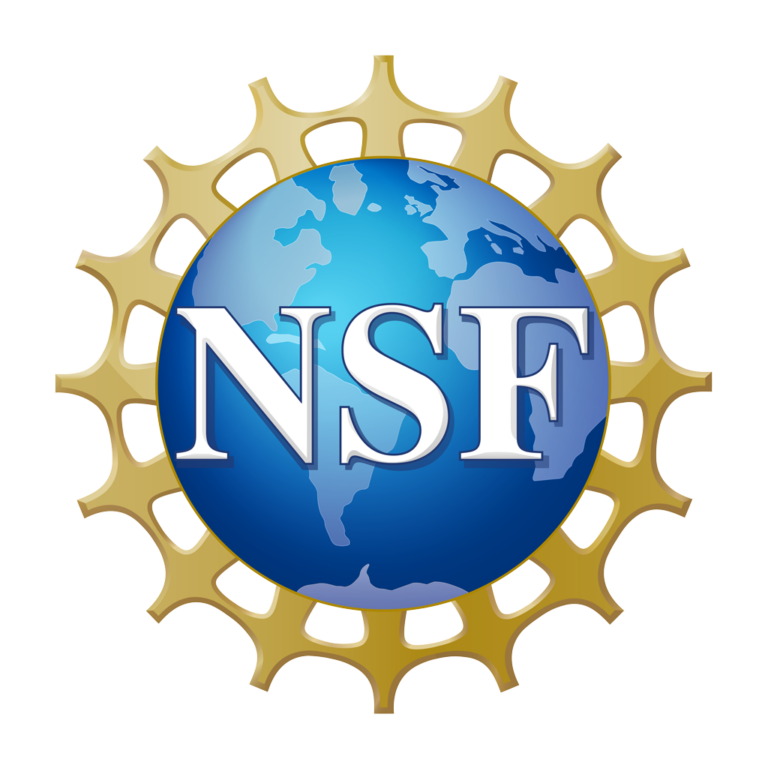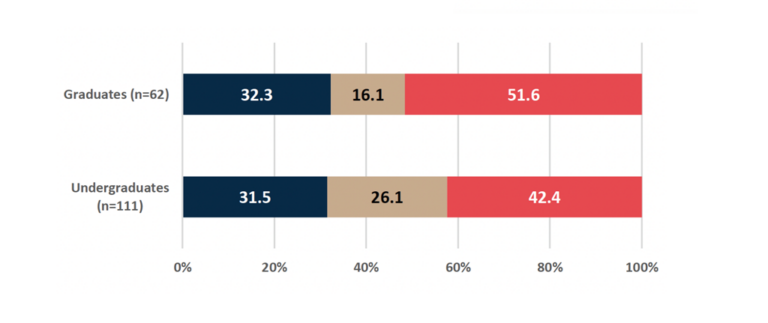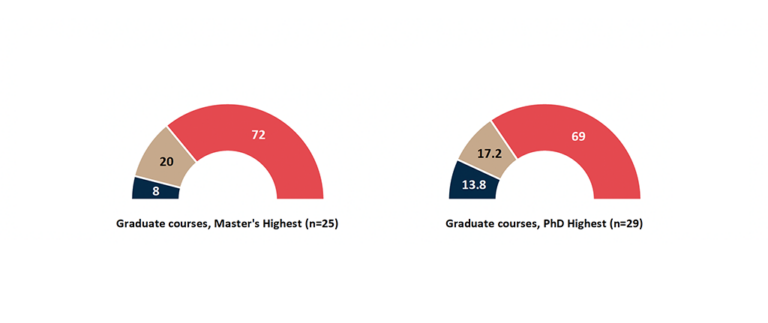Little Havana: A Latin American Gateway
By Hilton Cordoba
While you are in Tampa, you may notice signage for U.S. Highway 41. Built in the 1920s, it was the only overland route across the southern tip of Florida. U.S. In a larger spatial context, U.S. 41 is a north-south axis that spans the middle of North America and extends from Michigan’s Upper Peninsula to Miami. The southernmost section (Tampa to Miami) is known as the Tamiami Trail. The last few miles of the road are locally known as Calle Ocho (Southwest 8th Street), which forms the main artery and an important boundary within the vibrant multi-ethnic community of Little Havana. The Cuban imprint in ‘Little Havana’ is a cultural layer that simultaneously underlies the current demographic structure of the neighborhood and provides glimpses into the neighborhood’s cultural and historical change.
Before Little Havana
Little Havana has been a common destination for a number of groups that include: Miccosukees, Bahamians Jews, Greeks, Cuban refugees, and immigrants from almost every Latin American country (Shell-Weiss, 2009). Originally, Little Havana consisted of two neighborhoods: Riverside and Shenandoah. Calle Ocho was known as Orange Glades Road that marked a division within the area that is noticeable even today. Riverside, the neighborhood north of Calle Ocho, acquired its name due to its close proximity to the Miami River and was home to some of Miami’s earliest schools, churches, and businesses. Shenandoah (the neighborhood south of Calle Ocho) remained in farmland until the 1920’s when it was developed as a single-family residential area. By contrast, the Riverside the area north of Calle Ocho saw the construction of primarily multi-family housing to meet the needs of number of Jewish people who moved from the Northeast. With them came a landscape comprising a number of synagogues, Sunday schools, Jewish senior homes, as well as numbers of influential leaders who arrived in Miami from the Southeast (George, 2006).
The making of an enclave
The first wave of Cubans arrived between 1959 and 1962 and became known in the Cuban Community as the ‘golden exiles’ because of the human capital that they brought with them. Many of them were well educated and had business experience. They settled in Riverside and Shenandoah and established businesses and social organizations. In a second wave that occurred from1965 to1973, 3,000 to 4,000 Cubans per month were airlifted to the U.S. Diplomatic preference and easier paths to resettlement were given to those Cubans who had relatives already established in the U.S. During this period Riverside and Shenandoah collectively became known as Little Havana. In this new layer of settlement, many of the apartment buildings that once were occupied by Jews and Anglo Americans were now homes of the newly arrived Cubans. In this cultural an ethnic shift, many of the synagogues were converted into Catholic churches, and the elementary schools’ curricula now featured classes in Spanish (Alberts, 2005). The last major wave of Cuban migration was in 1980 when a boatlift was organized at the port of Mariel; those who embarked on this voyage are sometimes referred as ‘Marielitos’ because of their port of exit. The Cuban population of Little Havana reached its peak with the Census of 1980 when it stood at 95,522. In relative terms that number accounted for approximately 70 percent of the total population and 85 percent of the Hispanics in Little Havana (Cordoba & Carrillo, 2010).
From ethnic enclave to multi-ethnic community
Between 1980 and 2000, Little Havana’s Cuban population decreased by 30 percent, and by the 2000 U.S. census, they accounted for 56 percent of Hispanics in Little Havana; estimates of the 2009 American Community Survey showed a slight increase to 58 percent share among Hispanics. Central and South Americans on the other hand, have continued to increase their numbers in Little Havana where now they represent thirty and twelve percent of the Hispanic population, respectively. Nicaraguans and Hondurans account for the two biggest groups from the Central American community while Colombians and Peruvians from the South American community. The fastest growth in the last decade came from the Uruguayans and Argentineans (595 and 318 percent, respectively) as many left for the United States with the collapse of the Argentinean economy in 2001. Little Havana has changed as the different groups that have come through the area have made it their home. Nicaraguans have especially acquired an affinity for Little Havana as you can find their fritangas (cafeteria style restaurants serving Nicaraguan food and specialty drinks) at almost every major intersection, a street name after Nicaraguan poet Ruben Dario, the offices of the Nicaraguan consulate, the mausoleum of former Nicaraguan president Anastasio Somoza Debayle, and St. John Bosco Catholic Church and its Nicaraguan parishioners.
The centrality of Little Havana is often most overlooked but helps explain why this area has been sought out by so many immigrants and helps us understand why it continues to be the residential area of choice of many Hispanic seniors. Businesses along Southwest 8th Street, West Flagler Street and other major roads not only prevent residents from having to go outside the neighborhood for goods and services, but also make it easy to live in the area without dependence on the automobile. This centrality also creates locational advantages in access jobs: Little Havana is in the vicinity of higher income areas, which are the workplace for many immigrants who live in the neighborhood. Areas such as Brickell, Coconut Grove, Key Biscayne, and Miami Beach, are luxury condominium communities, with extravagant homes, and hotels that provide work for many immigrants who find positions as maids, gardeners, and construction workers. These workers capitalize on a huge cultural benefit of not having to learn a new language; many can live in Little Havana without ever learning English. The combination of these unique characteristics creates a safe haven for immigrants and the perfect gateway for those in search of a new life in America.
There is more to Little Havana than the name suggests, so when you come across U.S. route 41 in Tampa, think about the lively multi-ethnic neighborhood at the southern end of the road. You can venture out along the Tamiami Trail and cross the Everglades as the famous Trail Blazers did in early 1920’s. You will have a chance to stop by the Miccosukee village, catch an airboat ride, or hop on a bike to explore the Everglades on a 15 mile loop at Shark Valley. If you prefer not to drive, you may take the 92 Silverstar and enjoy a train ride through the verdant back country of Florida; whatever you decide to do, just bring a camera along to capture the unique streetscape and a hearty appetite for the endless variety of Latin food that await you in Little Havana.
Hilton Cordoba
Geosciences Department
Florida Atlantic University
DOI: 10.14433/2013.0019
References
Alberts, Heike C. (2005). “Changes in Ethnic Solidarity in Cuban Miami”. Geographical Review 95(2). P 231-248.
Cordoba, Hilton & Carrillo, Jose. (2010). “Neighborhood Change in Miami’s Little Havana; A Demographic Analysis from 1970 to 2000”. The Florida Geographer. 41. P 65-88.
George, P.S. (2006). Images of America: Little Havana. Charleston, SC: Arcadia Publishing.
Shell-Weiss, M. (2009). Coming to Miami: A social History. Gainesville, FL: University Press of Florida.
United States Census Bureau. (2009). American FactFinder. Retrieved from https://factfinder2.census.gov/faces/nav/jsf/pages/index.xhtml.


